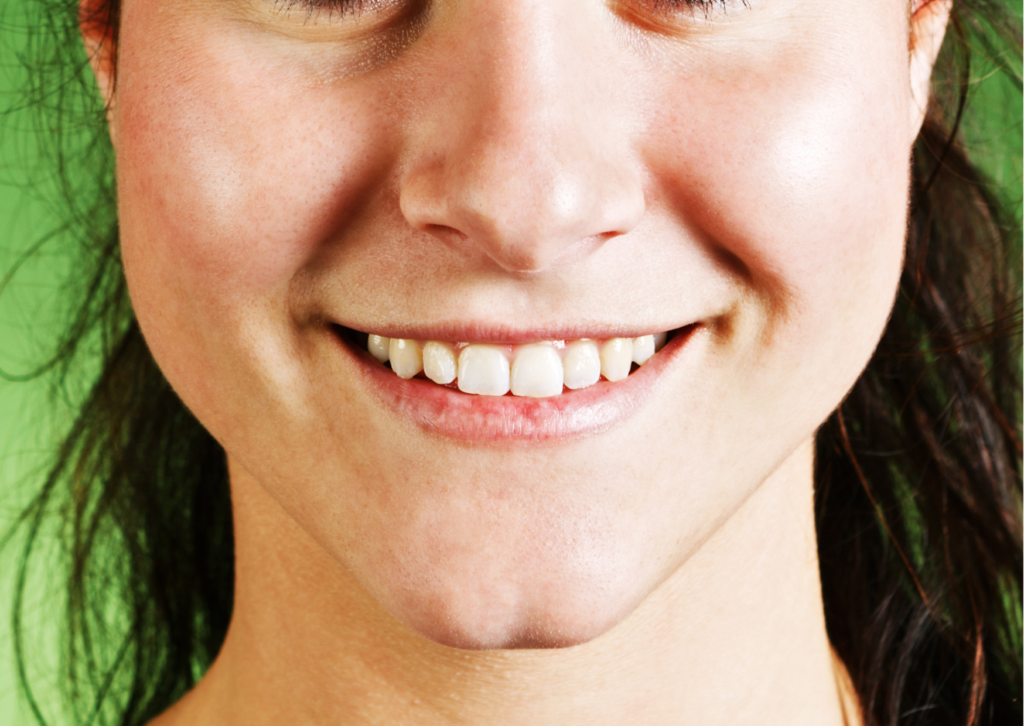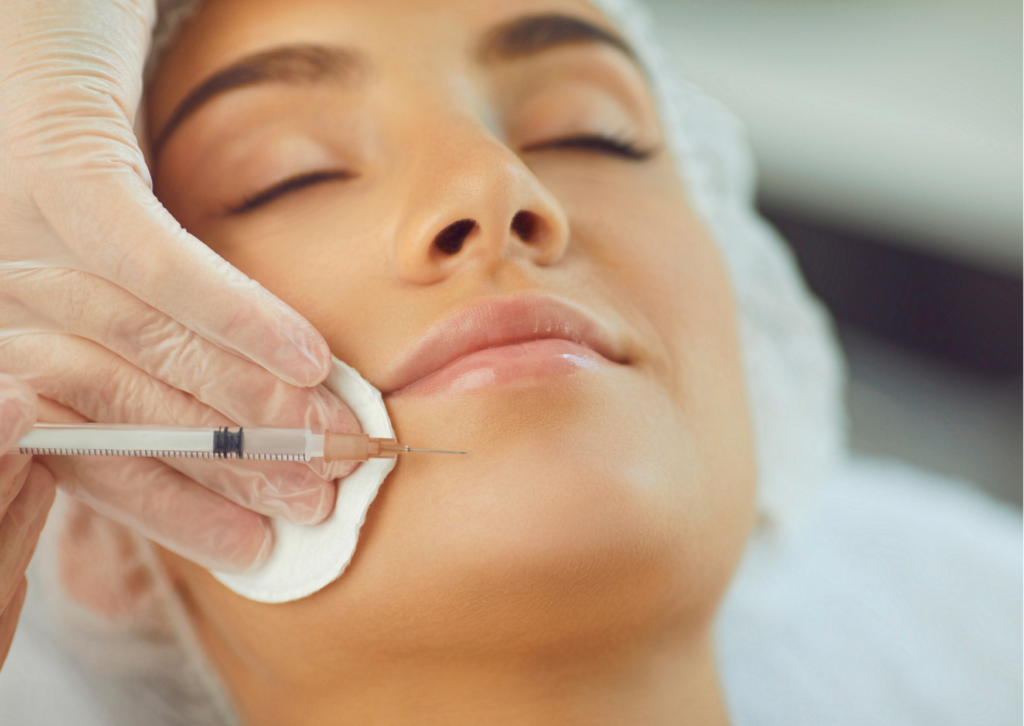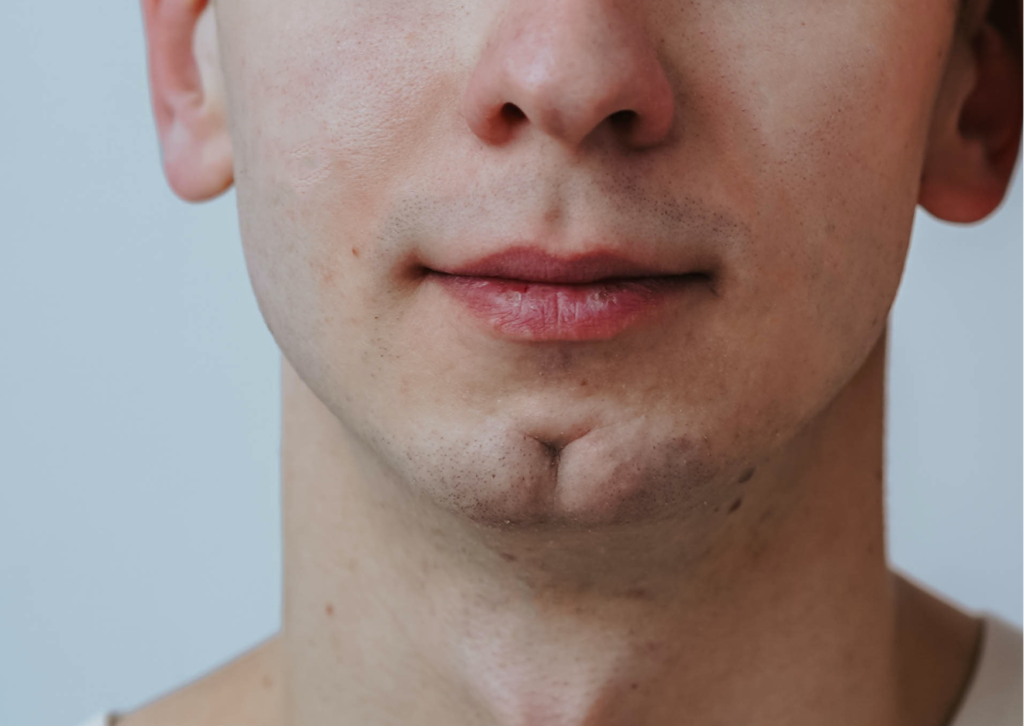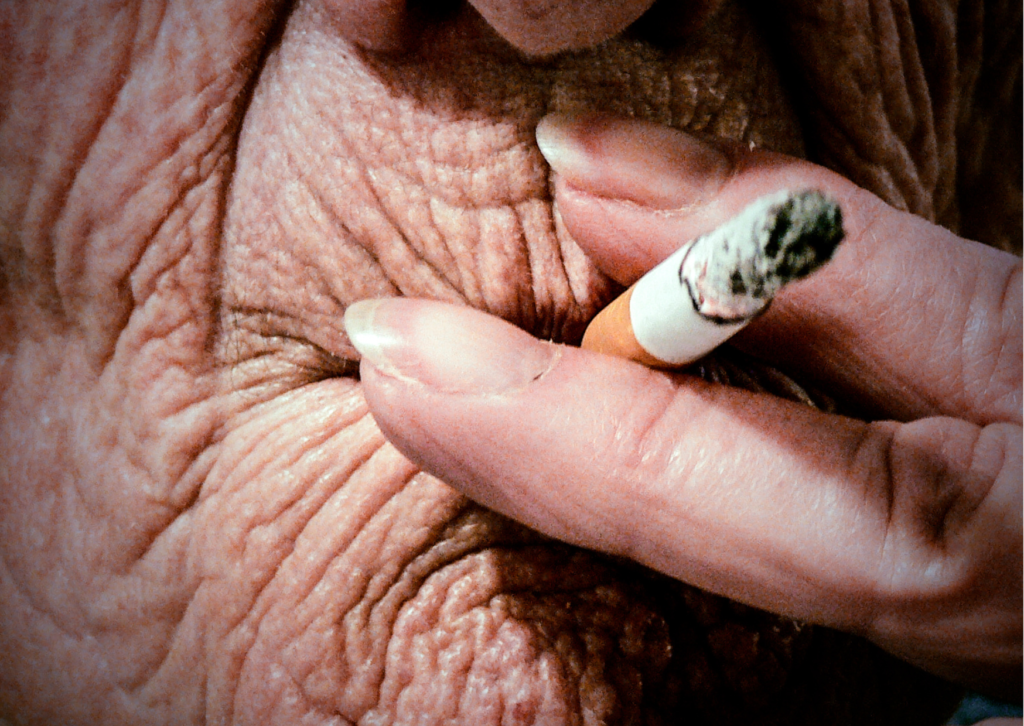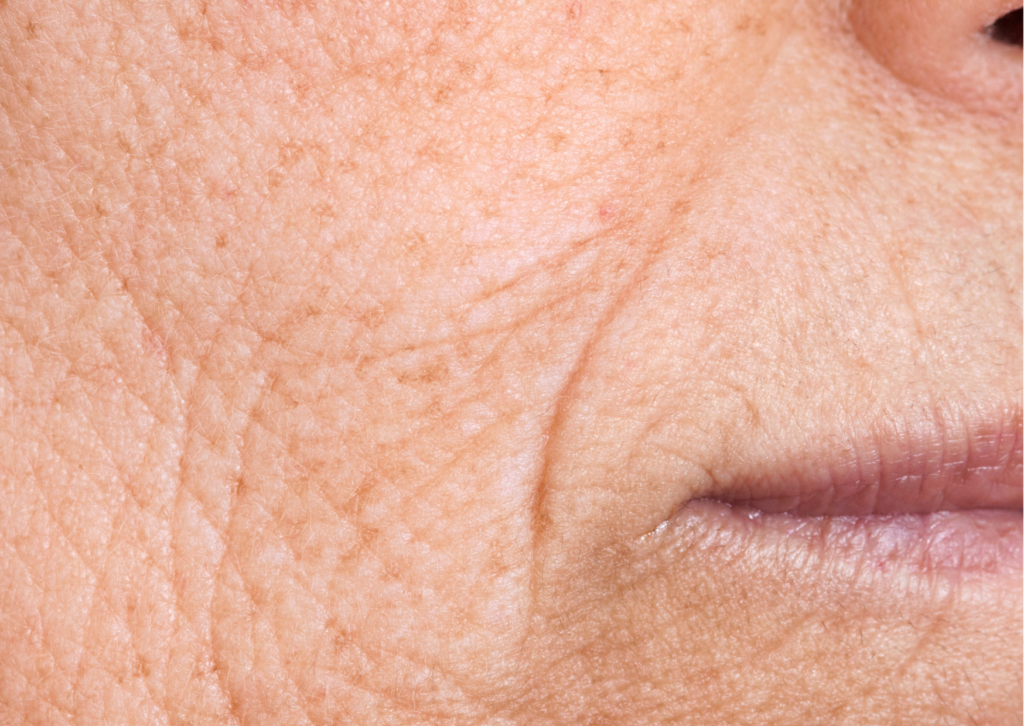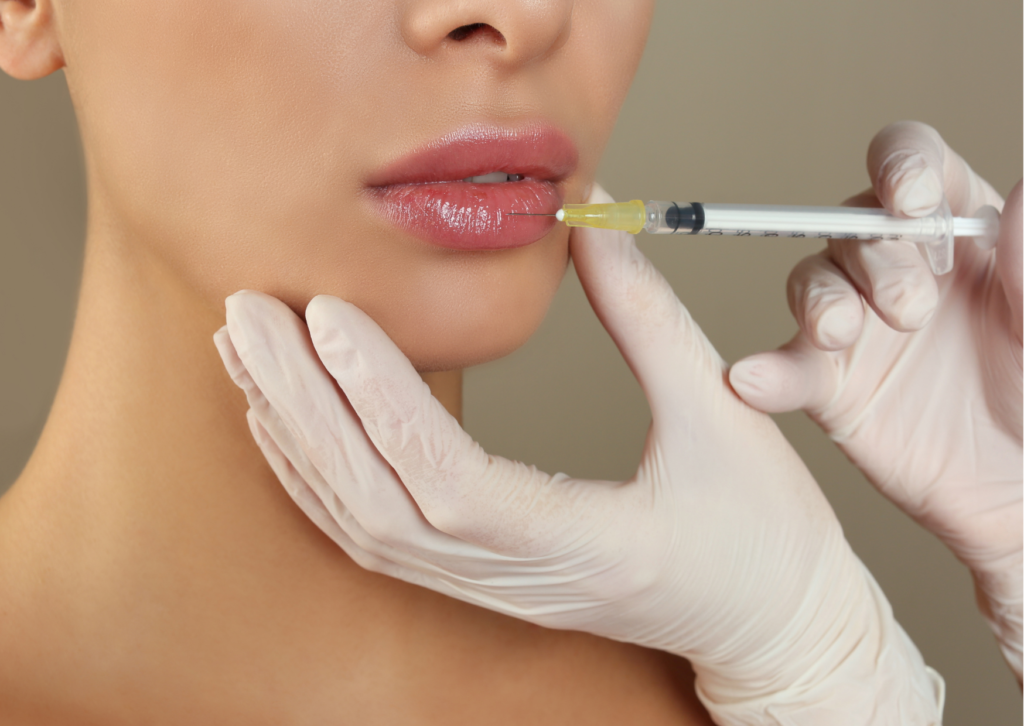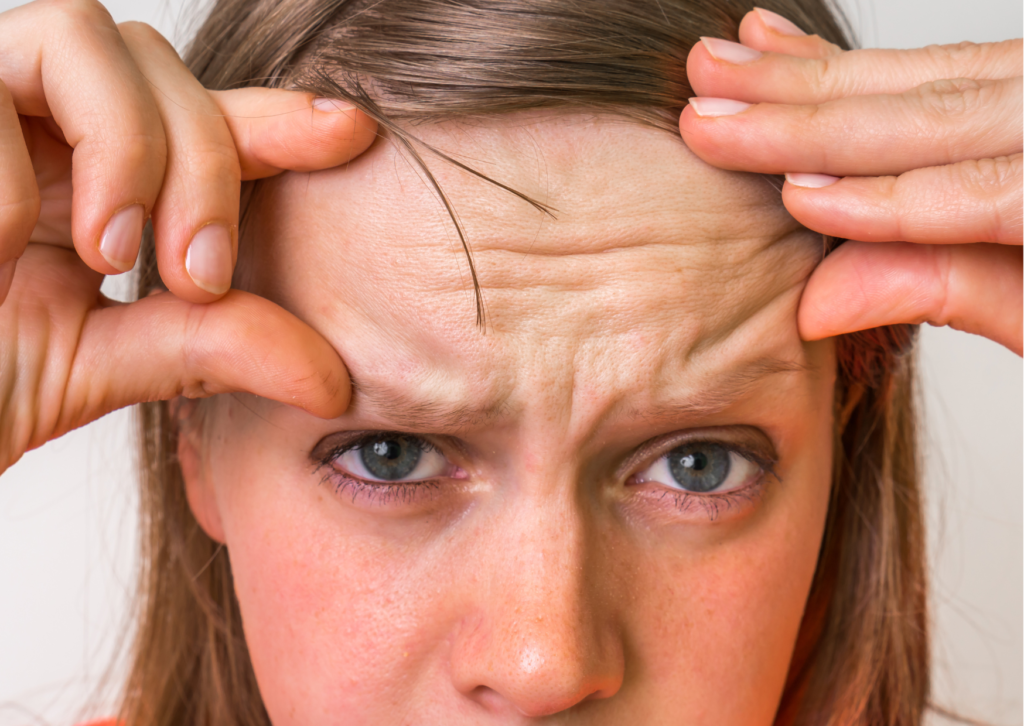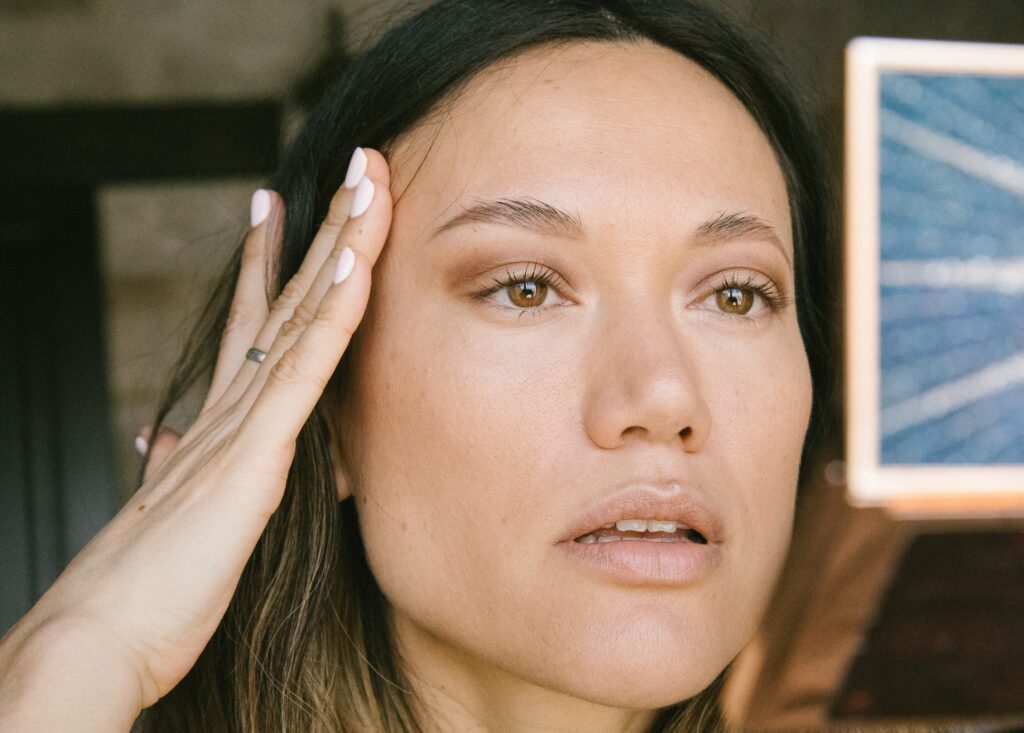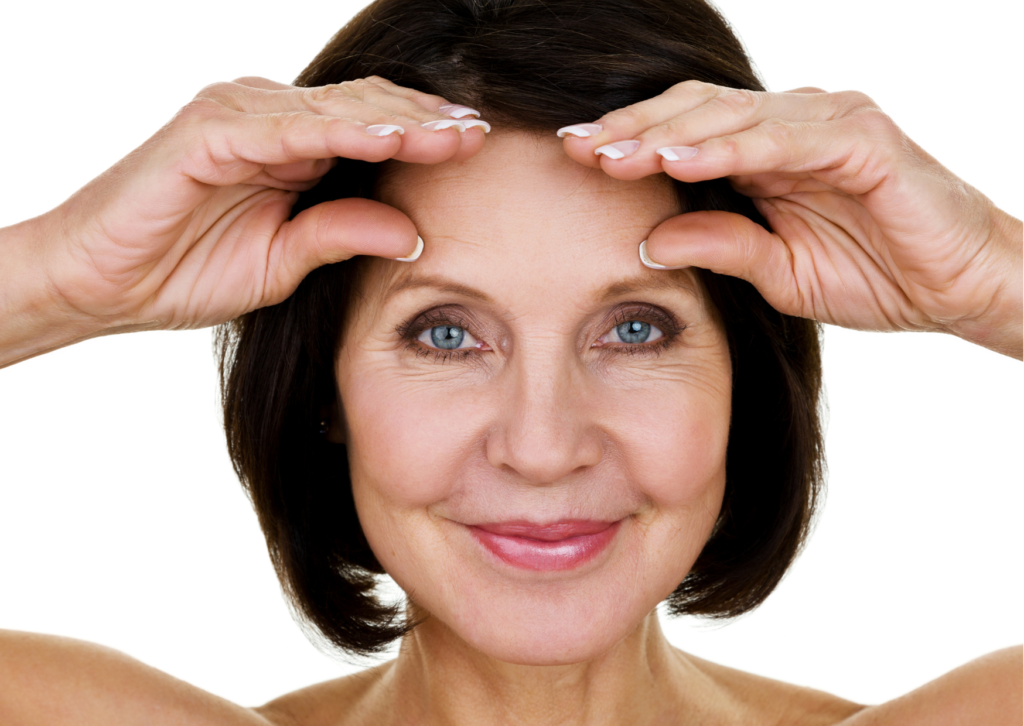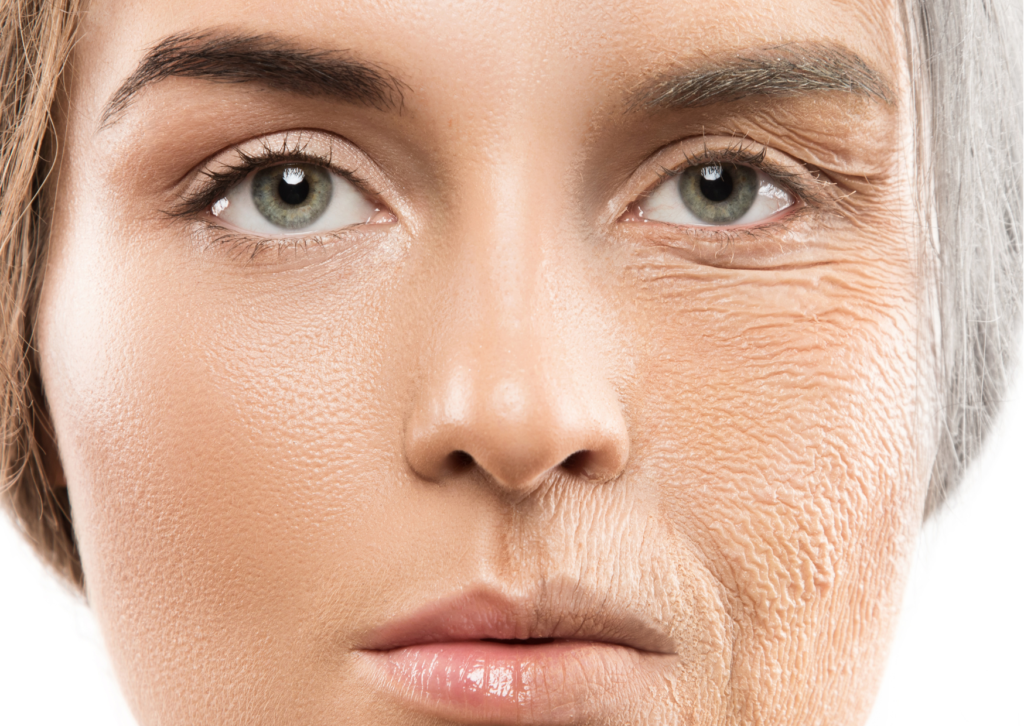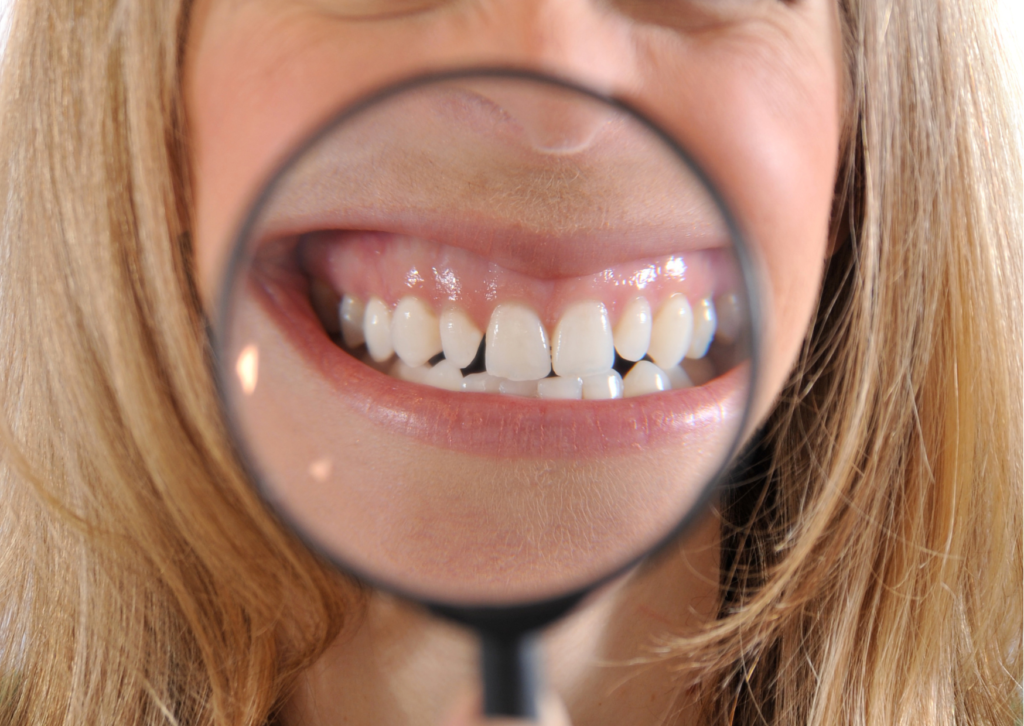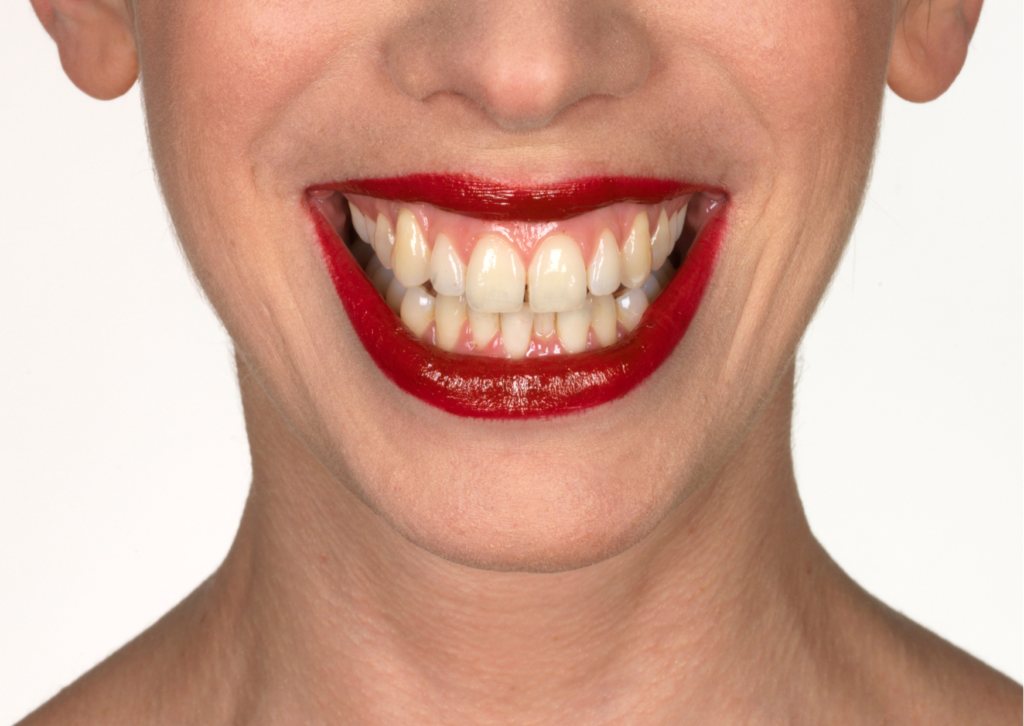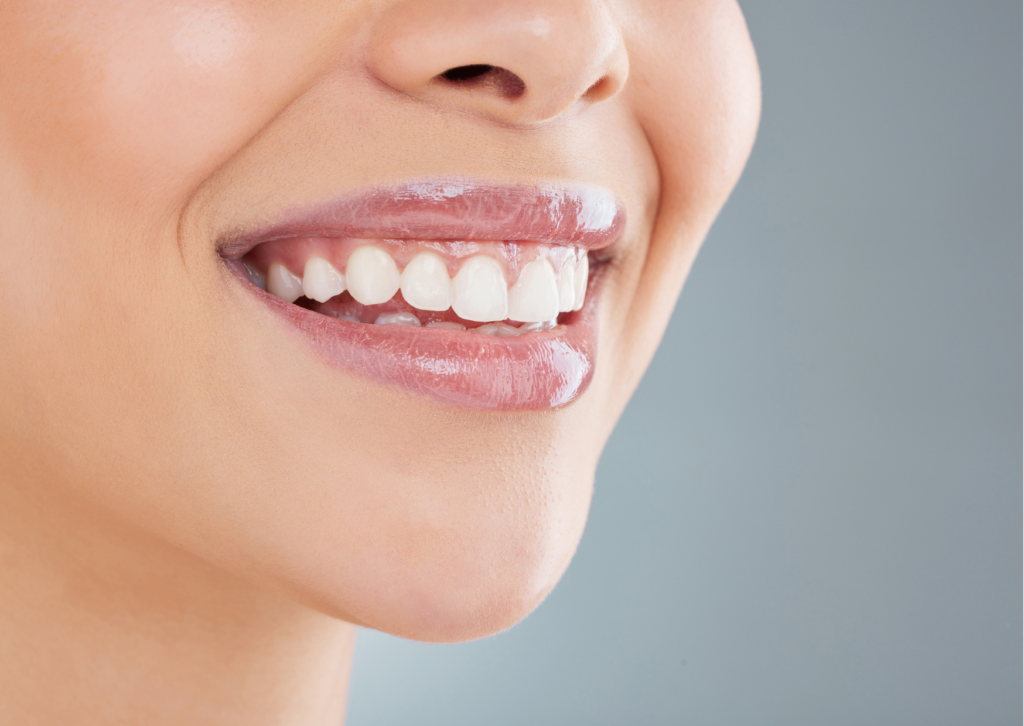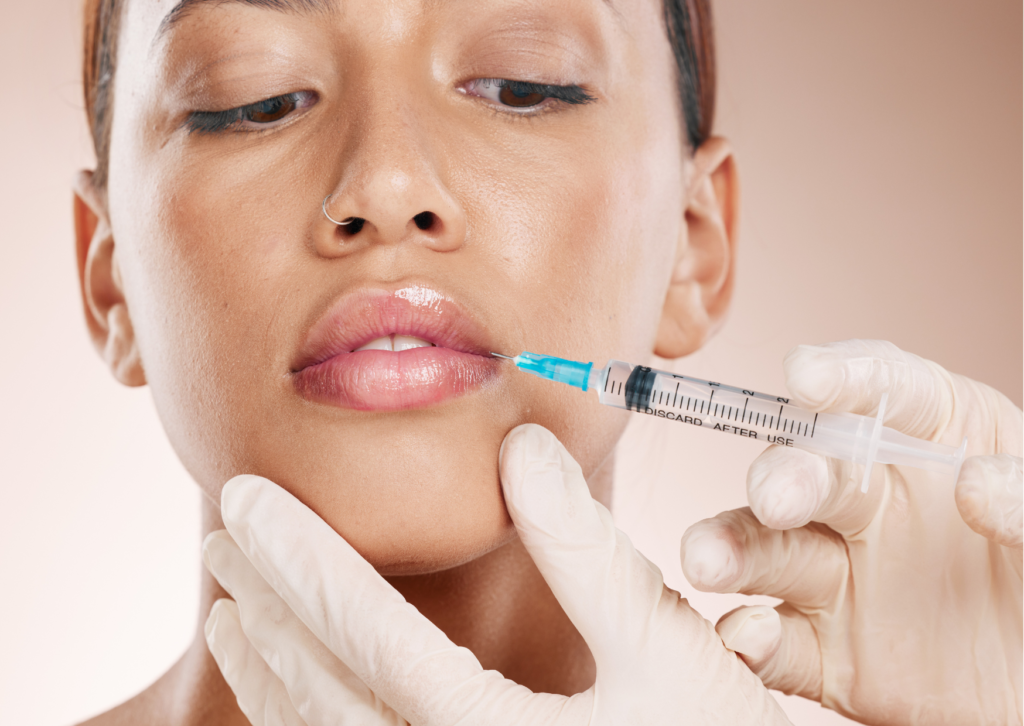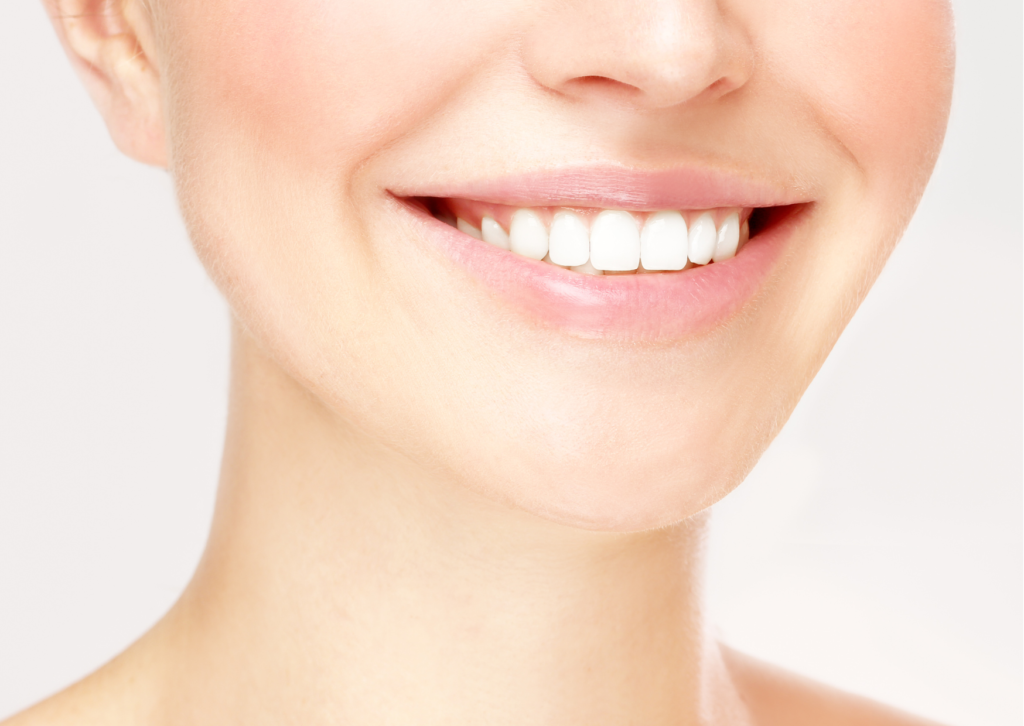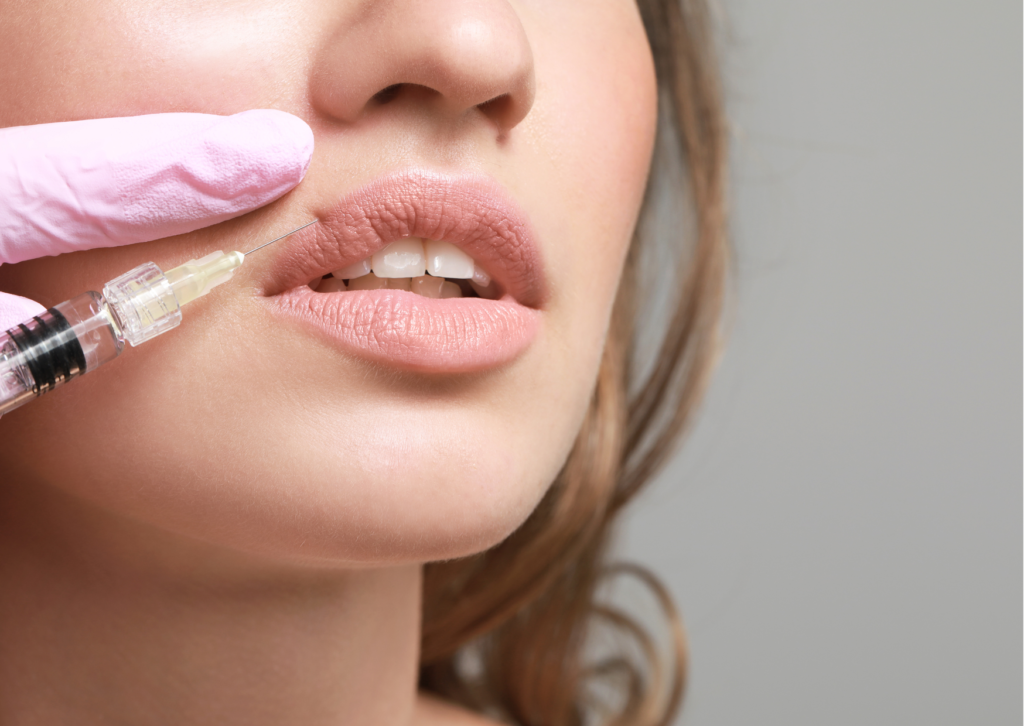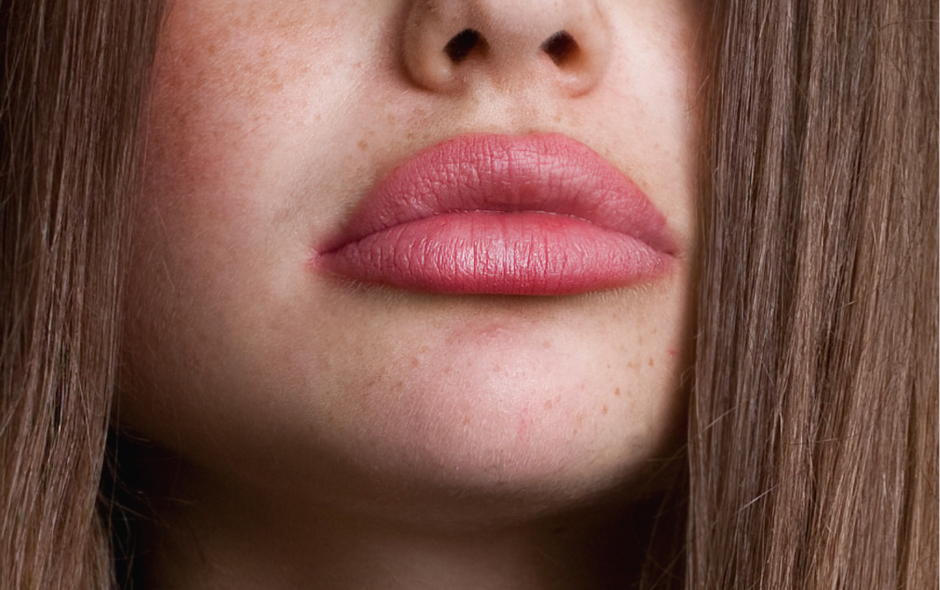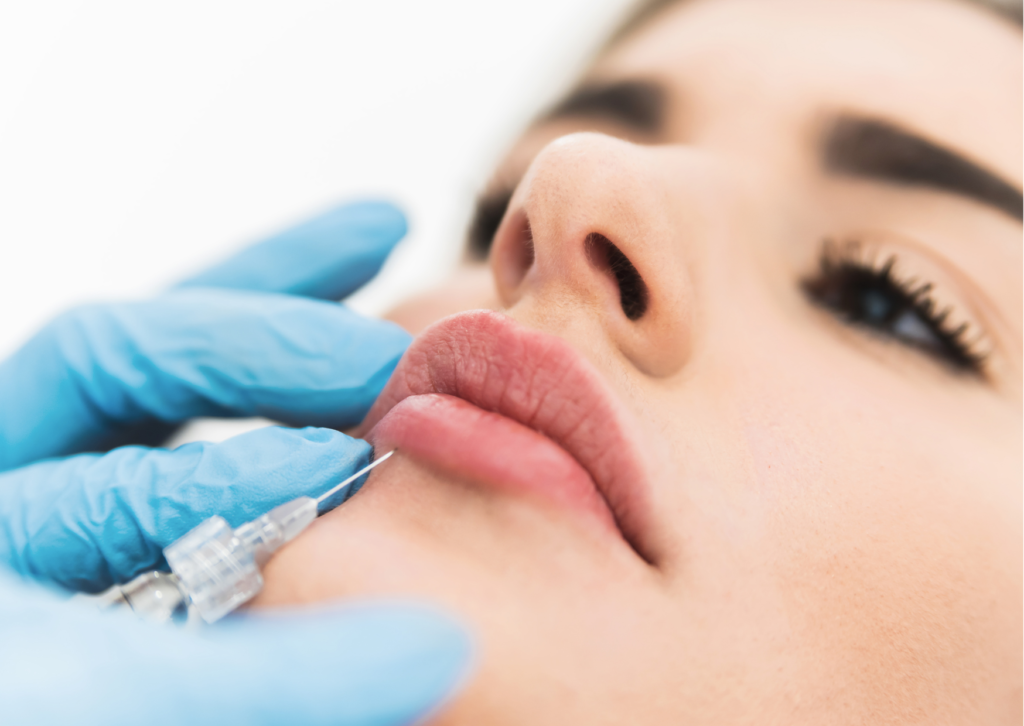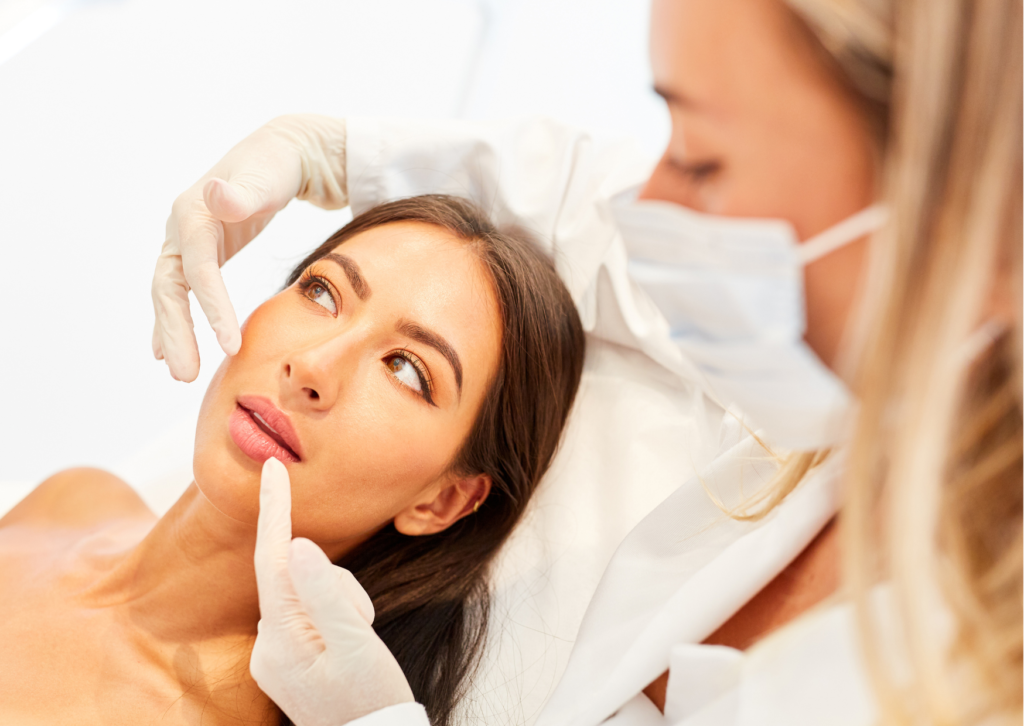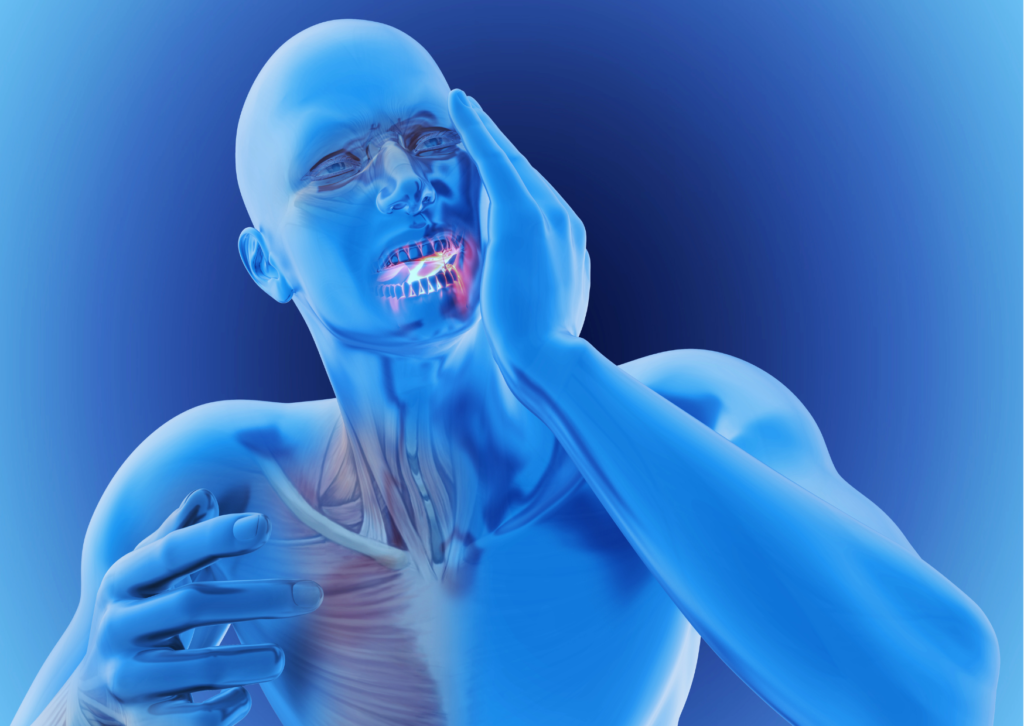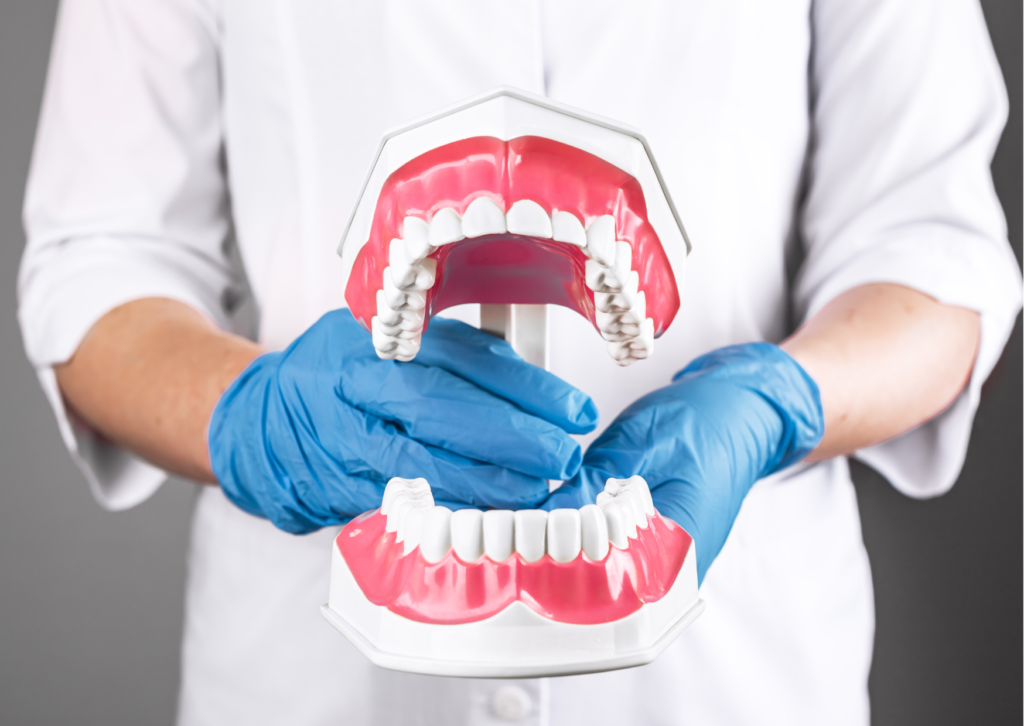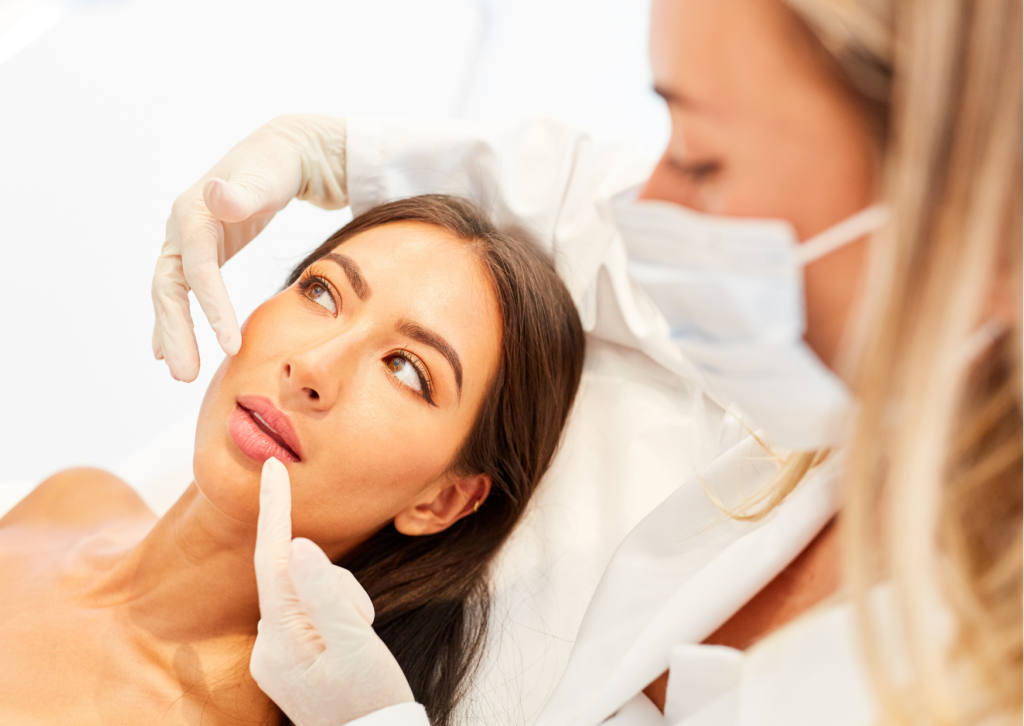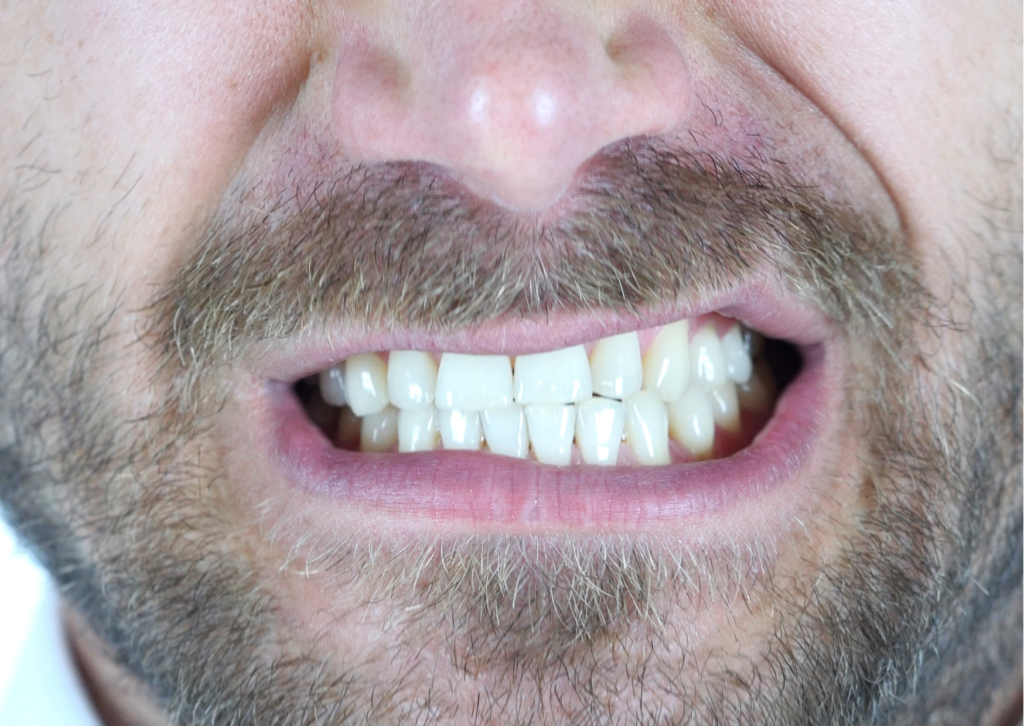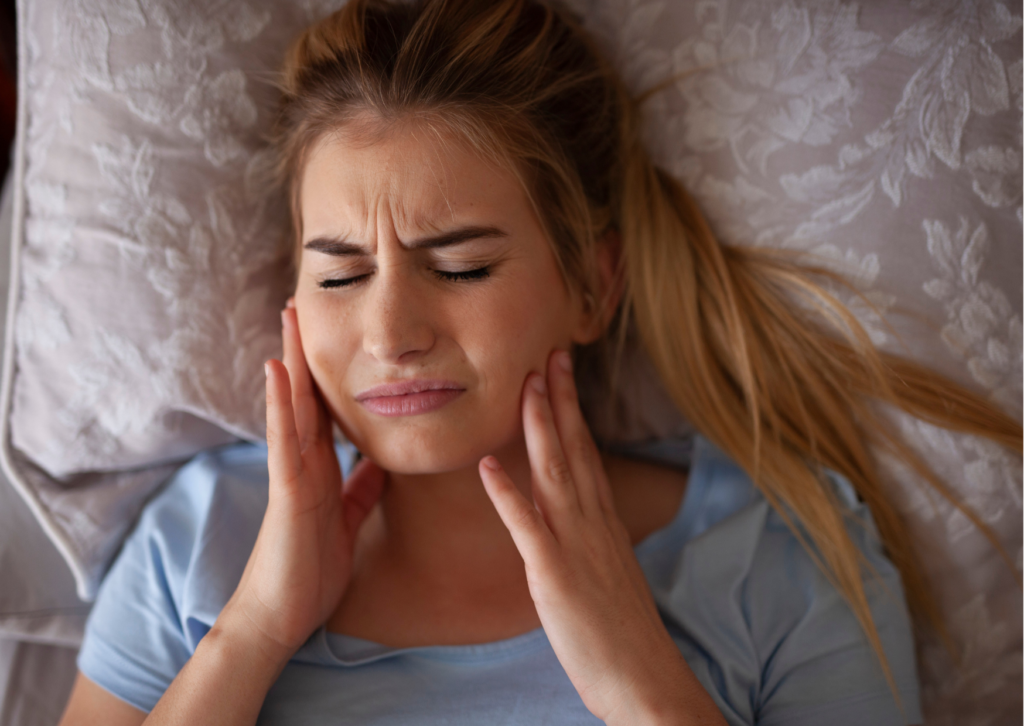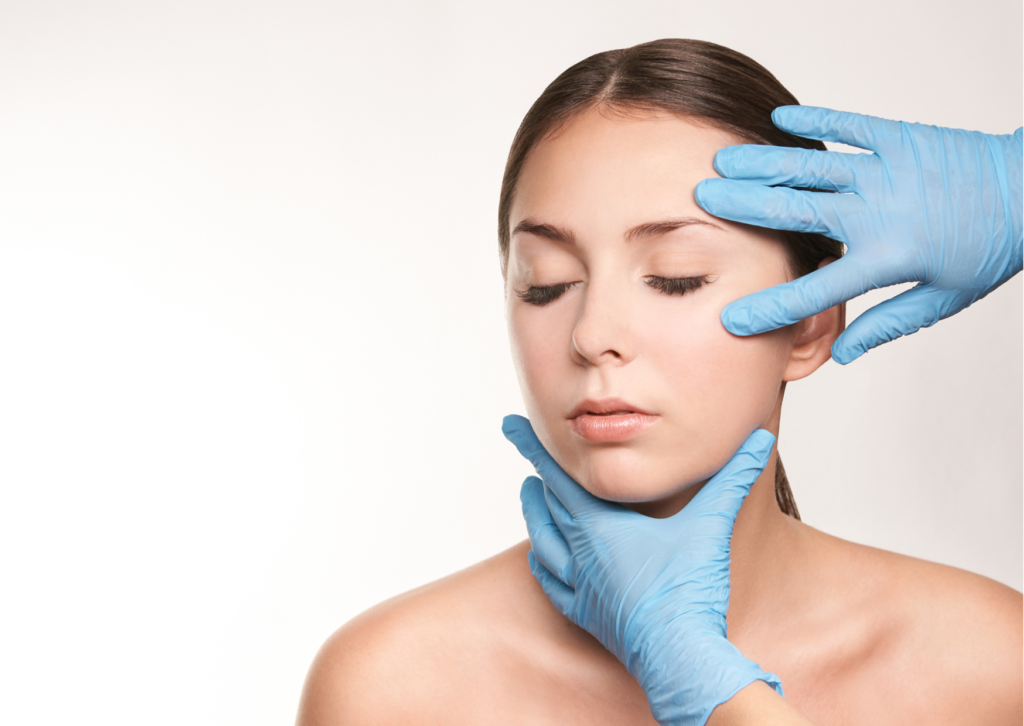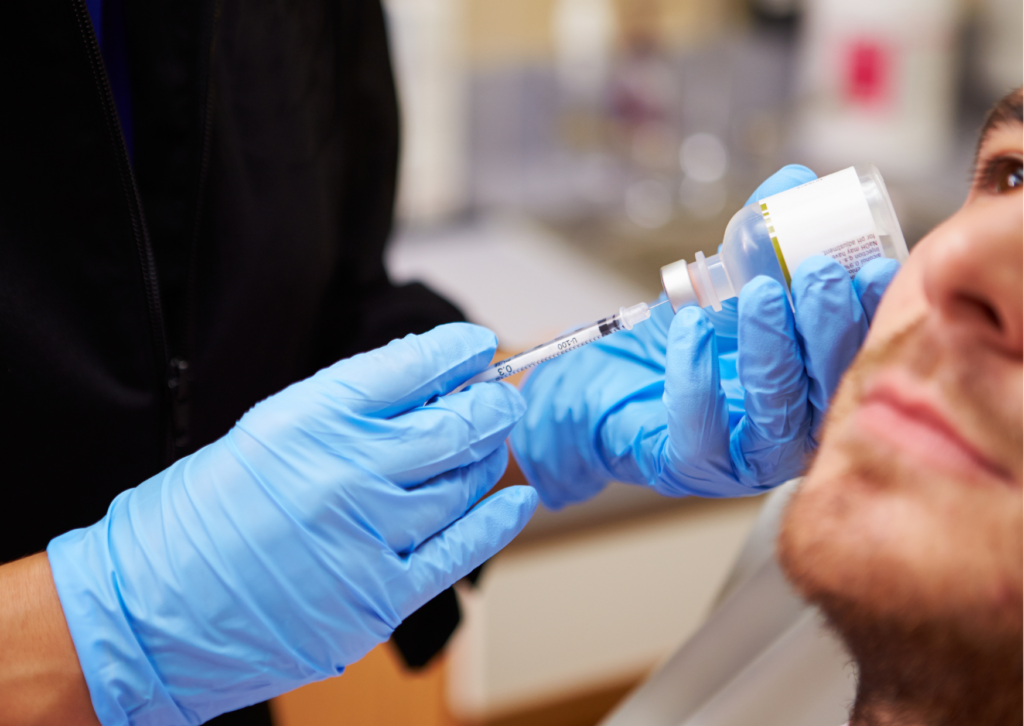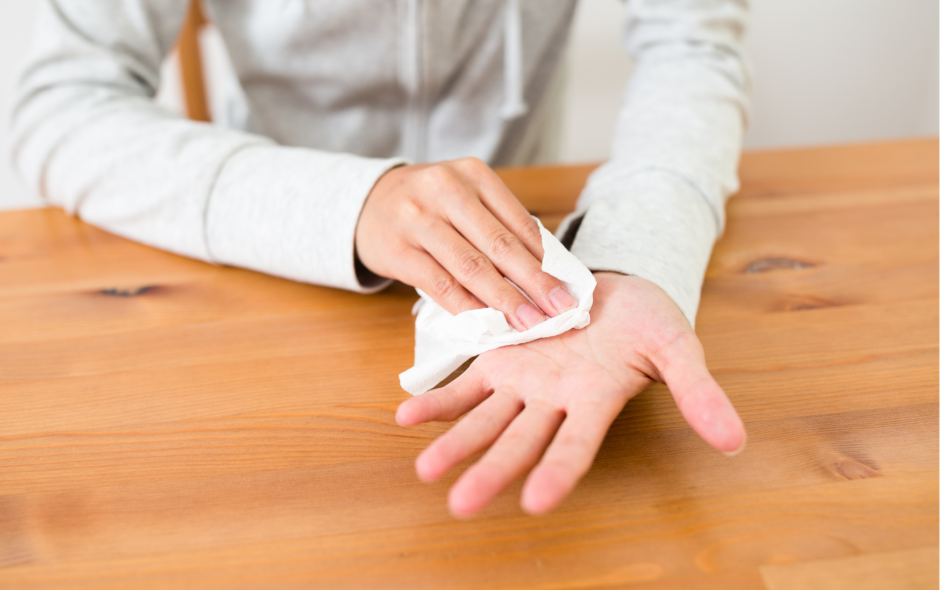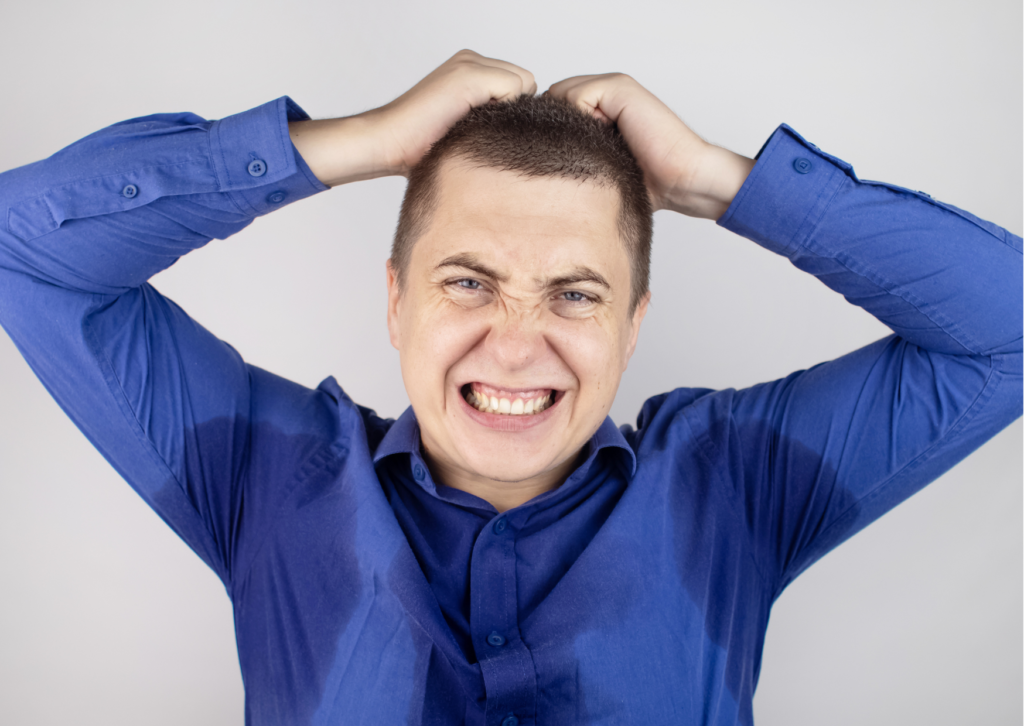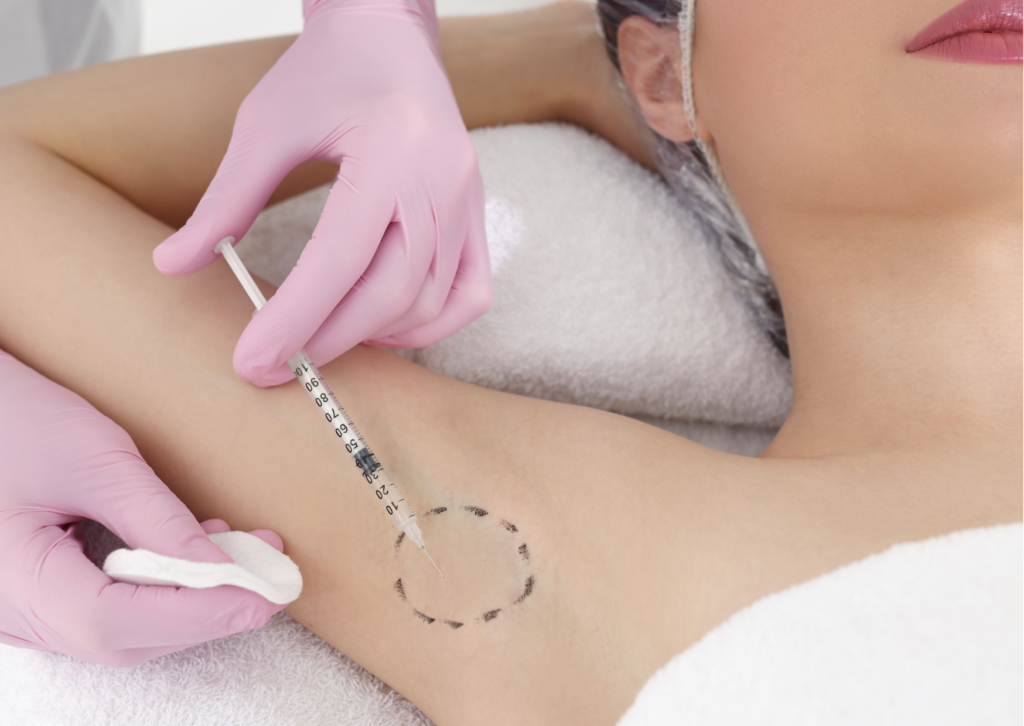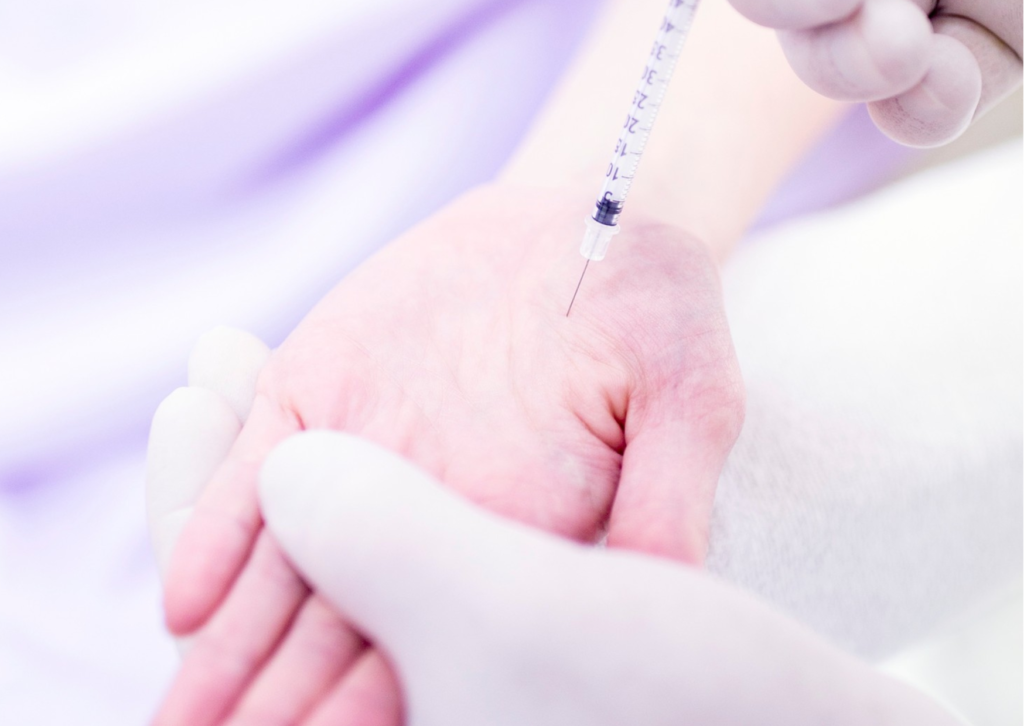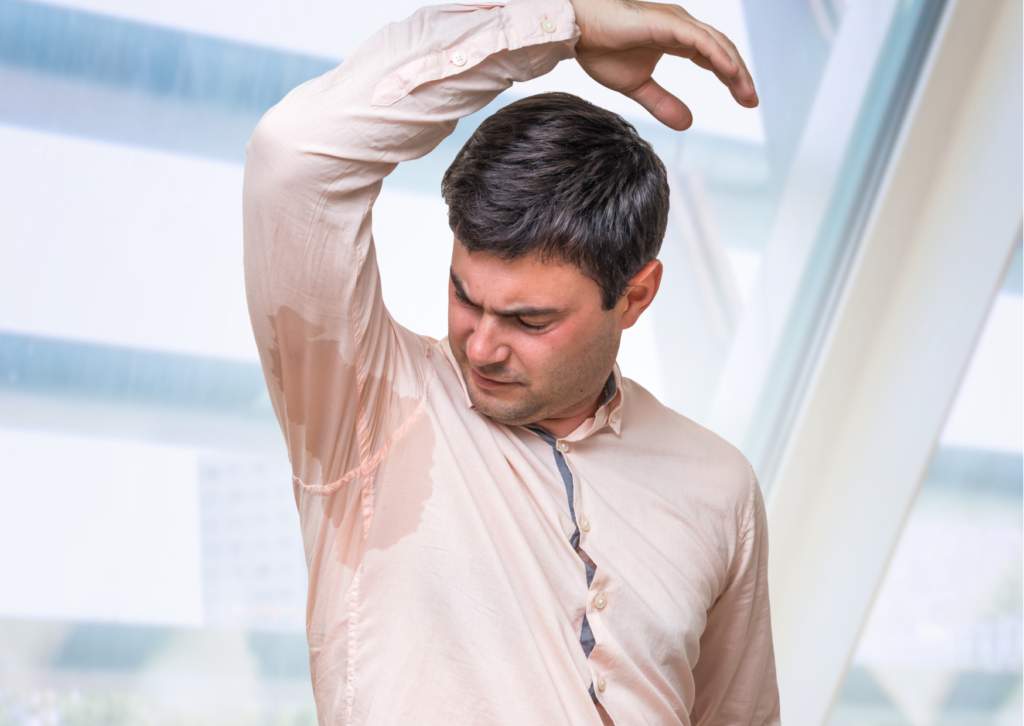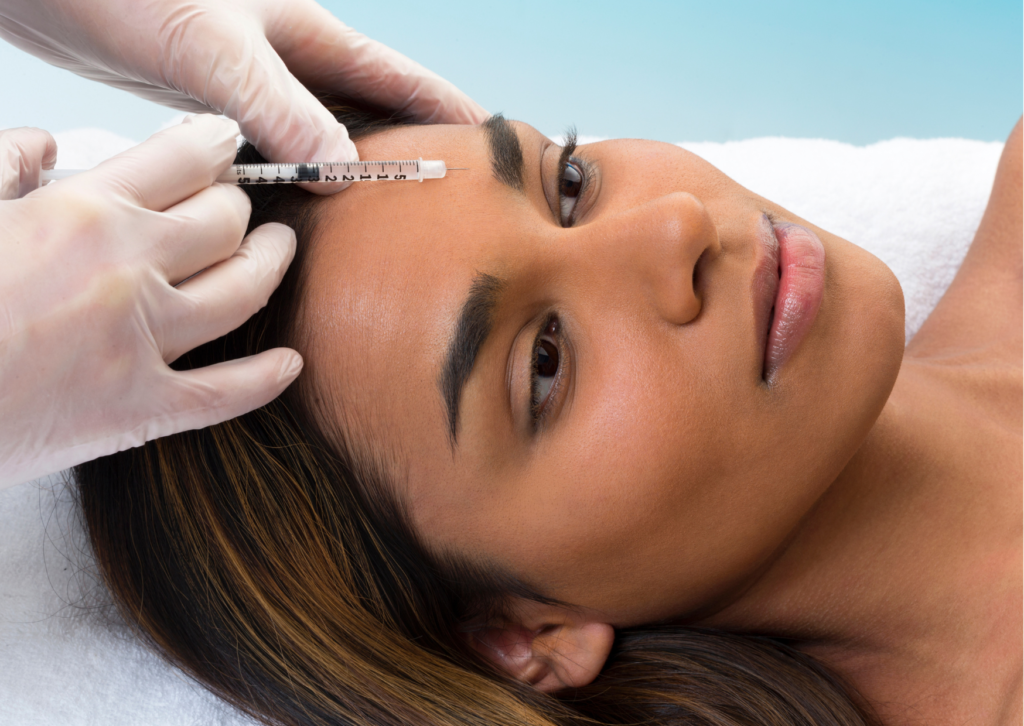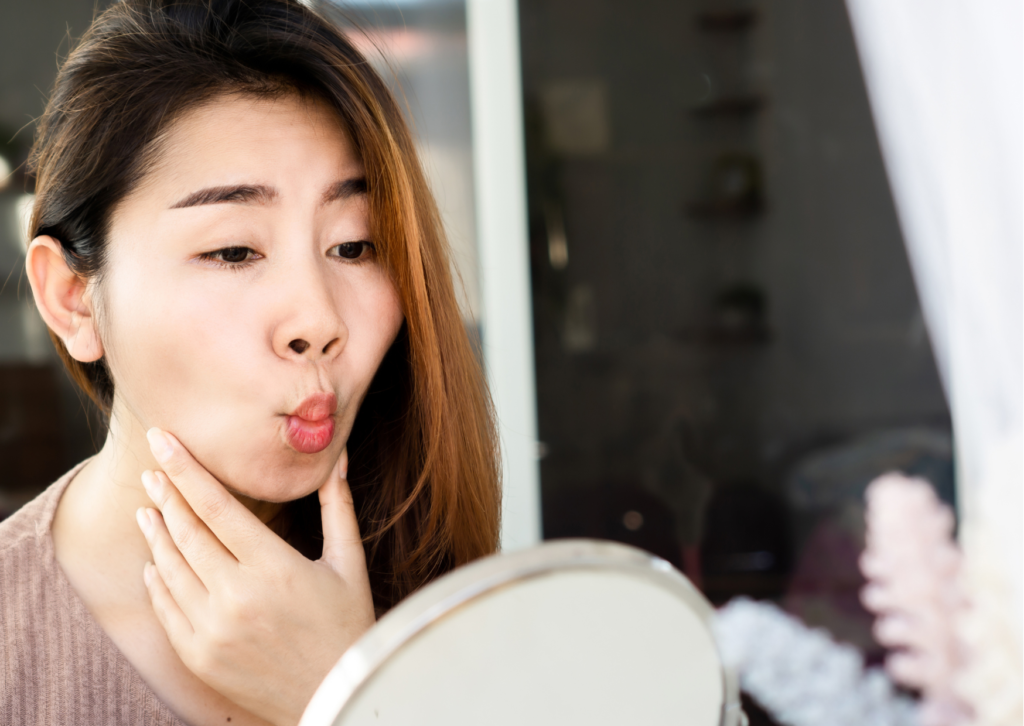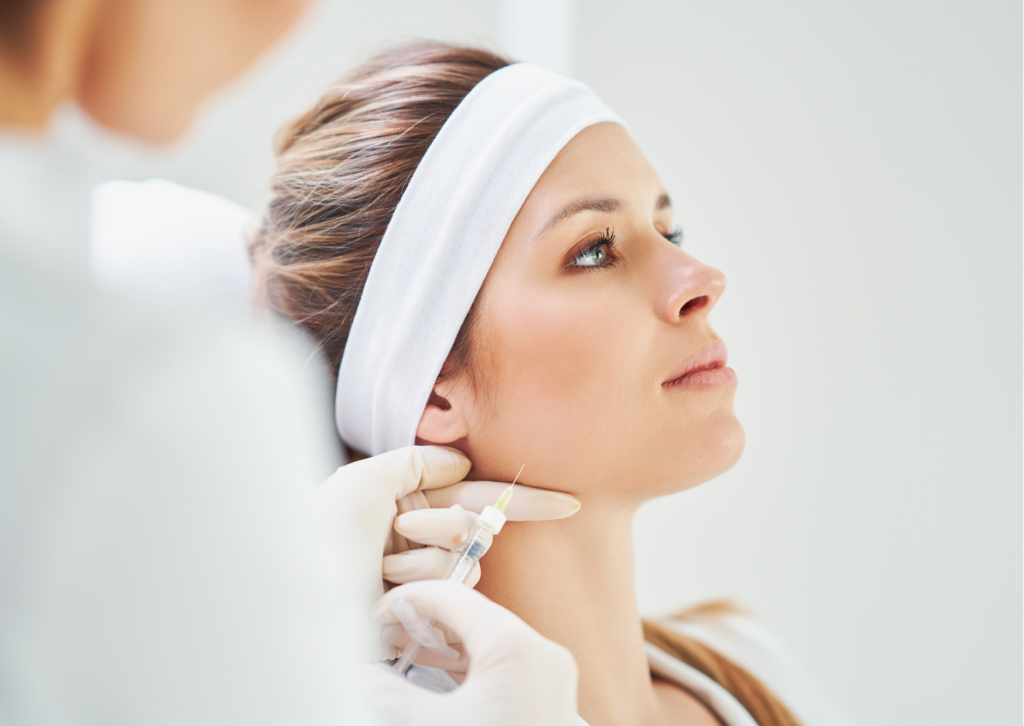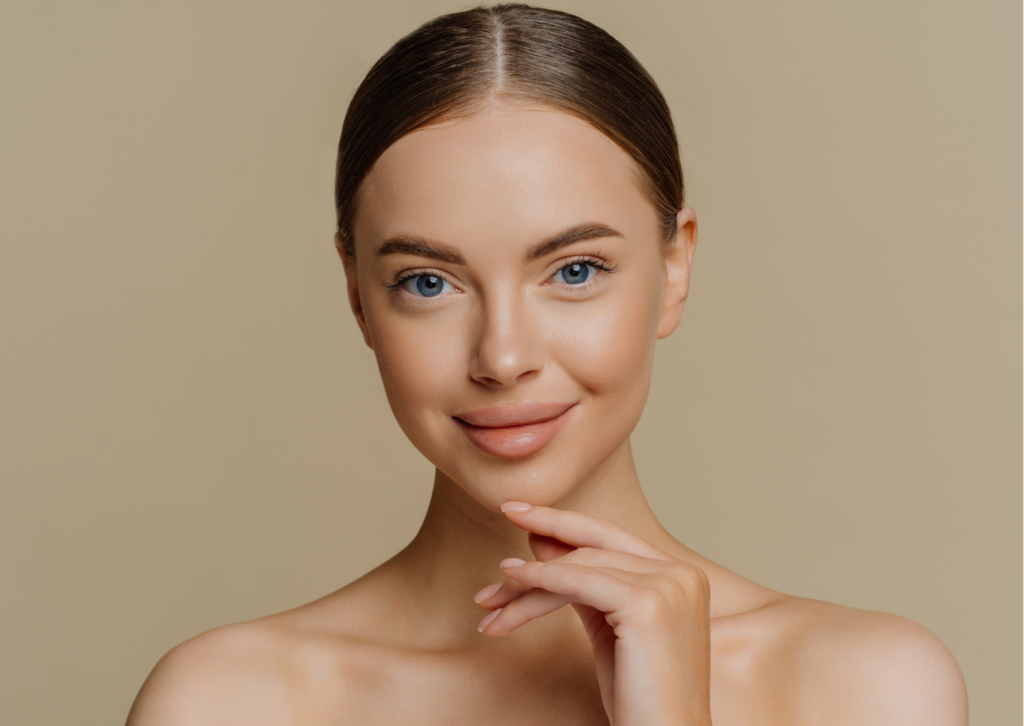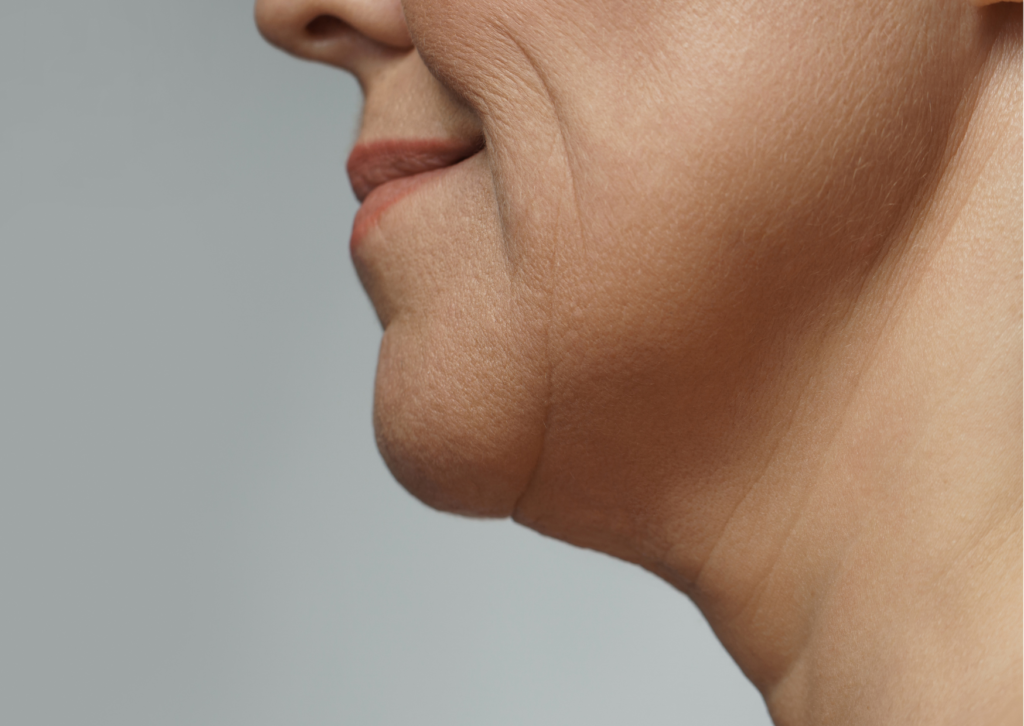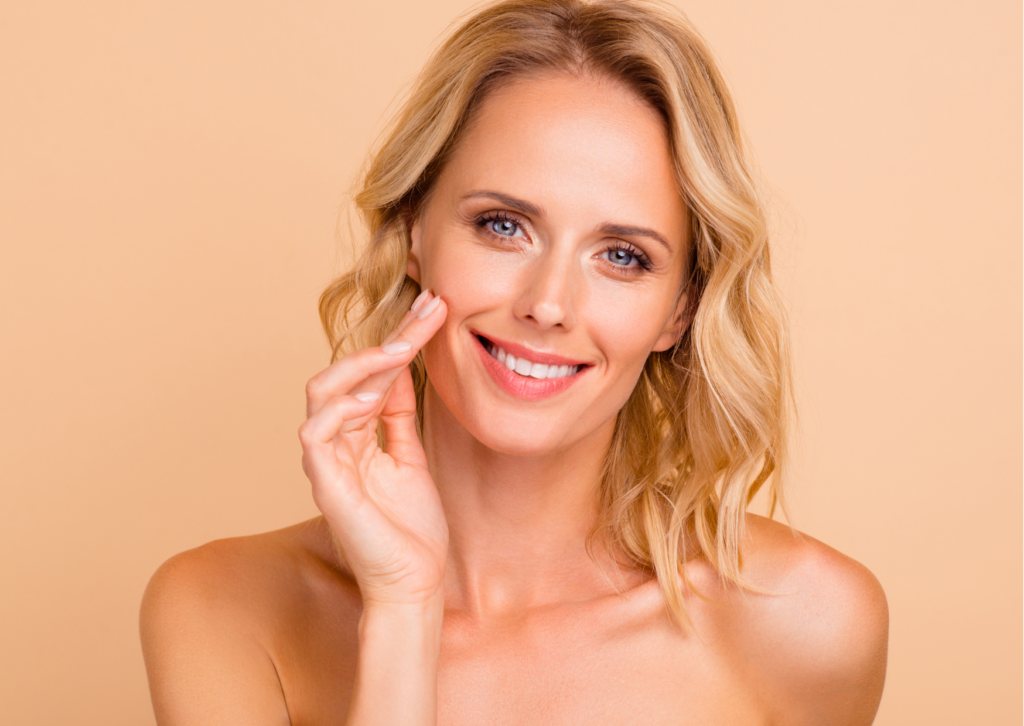Anti-ageing treatments and lip fillers have become increasingly popular in recent years, with more and more people turning to these non-surgical procedures to enhance their appearance. But is it something to be open and proud about, or a secret to be kept hidden? We’ll examine some pros and cons of keeping your Beauty Regime and Injectable Treatments a secret.
What is cosmetic infidelity?

Cosmetic infidelity, or aesthetic or beauty infidelity, refers to keeping one’s cosmetic treatments, such as botulinum toxin and injectable fillers, a secret from a partner or spouse. It involves receiving and maintaining these beauty treatments without the knowledge or consent of the significant other. Cosmetic infidelity can occur for various reasons. This phenomenon raises questions about honesty, trust, and the boundaries of personal choices within a partnership.
Why do some people keep their anti-ageing treatments and dermal fillers a secret?

Keeping the decision to undergo anti-ageing injections and filler treatments a secret is a choice made by many individuals for various reasons. One common motivation is maintaining a sense of privacy and control over their appearance. Some individuals prefer to keep their cosmetic enhancements discreet, as they feel it allows them to present a more natural image and avoid potential judgment or scrutiny from others. For others, maintaining a certain level of anonymity about their treatments adds an element of mystery and intrigue to their overall persona. Additionally, in professional or social settings where cosmetic procedures may still carry some stigma, keeping these treatments under wraps can help individuals avoid unnecessary biases or assumptions based on their natural beauty.
How can sharing your anti-ageing and filler procedure empower and educate others?

Although being open about your aesthetic treatments is a personal choice, there are some positive outcomes. Sharing your journey can profoundly impact others by empowering and educating them. By openly discussing your experiences, you break down the stigma surrounding cosmetic treatments and inspire others to explore their options without shame or judgment. Your transparency can help demystify the process, dispel misconceptions, and provide valuable insights into the outcomes and benefits of these treatments, including reducing the appearance of wrinkles and the impact of these procedures on your mental health. Sharing your journey also allows you to offer guidance, recommendations, and resources to those considering similar procedures. Sharing the positives and challenges of your journey provides a realistic perspective. It helps individuals make informed decisions about their cosmetic goals. Ultimately, by sharing your anti-ageing and filler journey, you contribute to a supportive community and create a space where people can feel empowered to explore their paths to self-confidence and self-care.
When is it in your best interest not to be open about your cosmetic procedures?
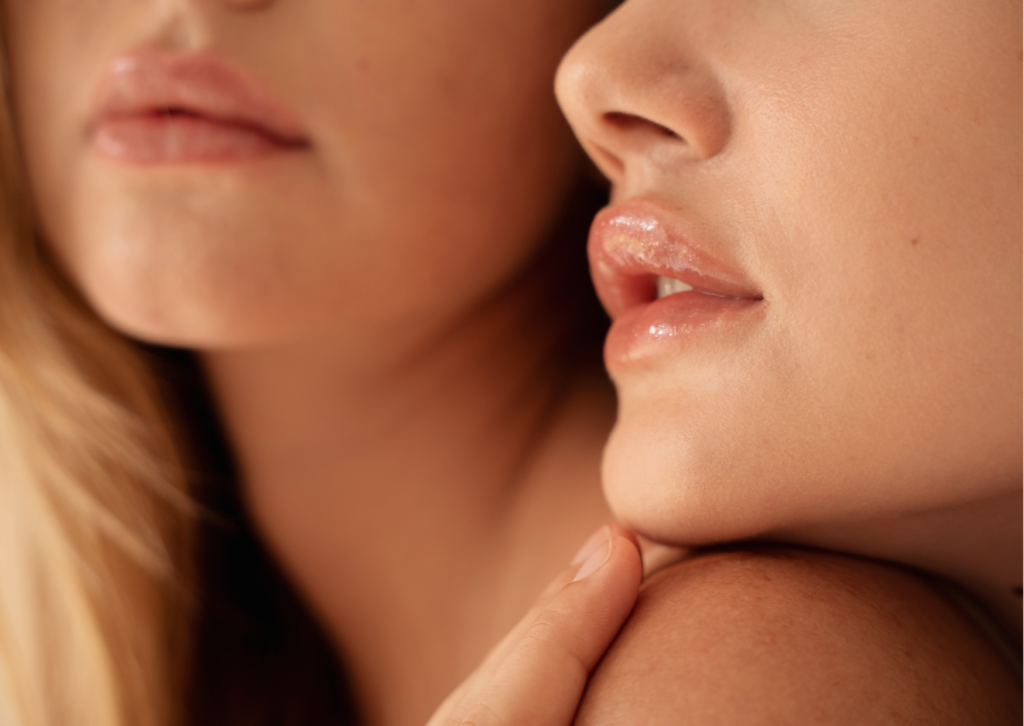
While sharing your journey can empower many, there are also valid reasons why some individuals choose not to discuss their treatments openly. One reason is privacy and personal preference. Some people prefer to keep their cosmetic procedures private, as they view it as a personal decision and may not feel comfortable sharing such intimate details of their lives. Additionally, individuals may worry about potential judgment or criticism from others, especially if they have encountered adverse reactions or stigma in the past and the reputation of the beauty industry. There may also be professional considerations, as some careers or industries have specific standards or expectations regarding appearance. Furthermore, sharing openly about cosmetic treatments can sometimes invite unsolicited opinions, unwanted attention, or even pressure for others to pursue similar procedures.
When deciding whether to be open or keep your Botulinum Toxin and injectable filler treatments private, what are some considerations?
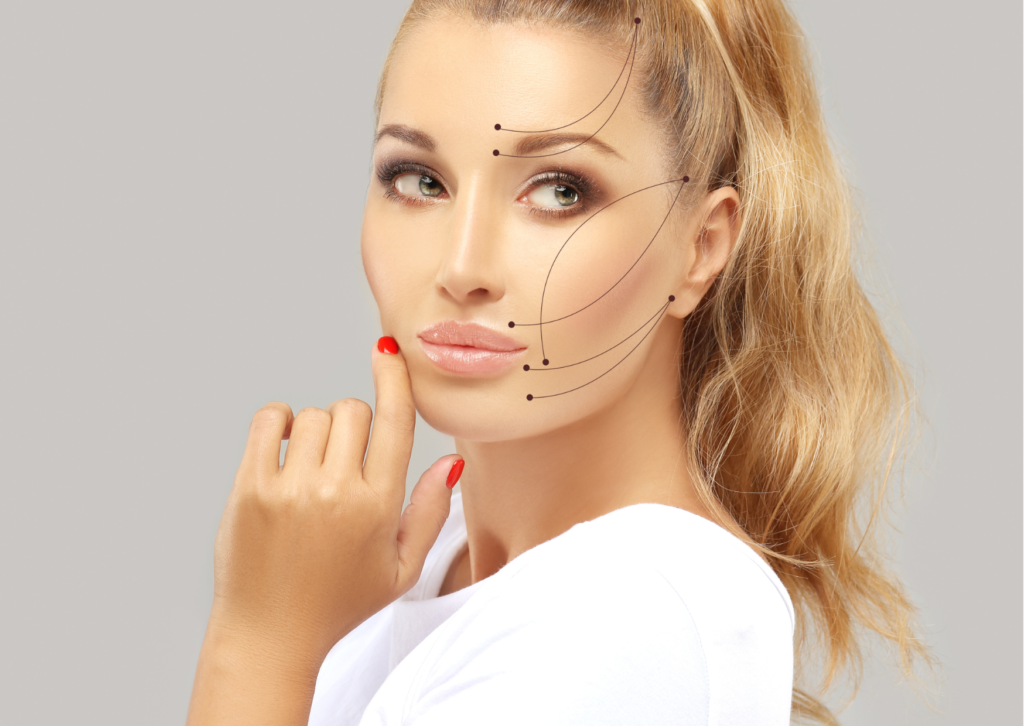
When deciding whether to be open or keep your treatments private, there are several considerations to remember. Firstly, think about your personal comfort level and how much you are willing to share with others. Consider your own values, beliefs, and preferences, and assess whether sharing your cosmetic treatments aligns with your desired level of openness. Secondly, consider your social circle and the potential reactions of friends, family, and colleagues. Some individuals may have a supportive and accepting network that encourages open discussion, while others may face judgment or scepticism. Additionally, think about the potential impact on your self-esteem and confidence. It may be a positive choice if sharing your journey empowers you and helps you feel more confident. On the other hand, if concerns about judgment or unwanted attention outweigh the benefits, keeping your treatments private may be more suitable for you. Ultimately, making a decision that aligns with your values, comfort, and overall well-being is essential.
In conclusion, the decision to be open or keep your anti-ageing and filler treatments private is a personal one that depends on various factors. While some individuals may share their journey openly to empower and educate others, others may prefer to maintain privacy for reasons such as social considerations or personal preferences. It’s essential to consider your own comfort level, the potential reactions of your social circle, and the impact on your self-esteem and confidence. Ultimately, the most important thing is to make a decision that feels right for you, considering your values, beliefs, and overall well-being. There’s no right or wrong answer, and whether you choose to be open or keep it private, remember that your cosmetic treatments are a personal choice that should be respected and supported.
If you are considering taking the next step in your beauty regime, we’re here to guide you every step of the way. Our team of certified professionals is committed to providing you with the highest level of care tailored to your unique needs and preferences. Schedule your consultation today and embrace a new you.



